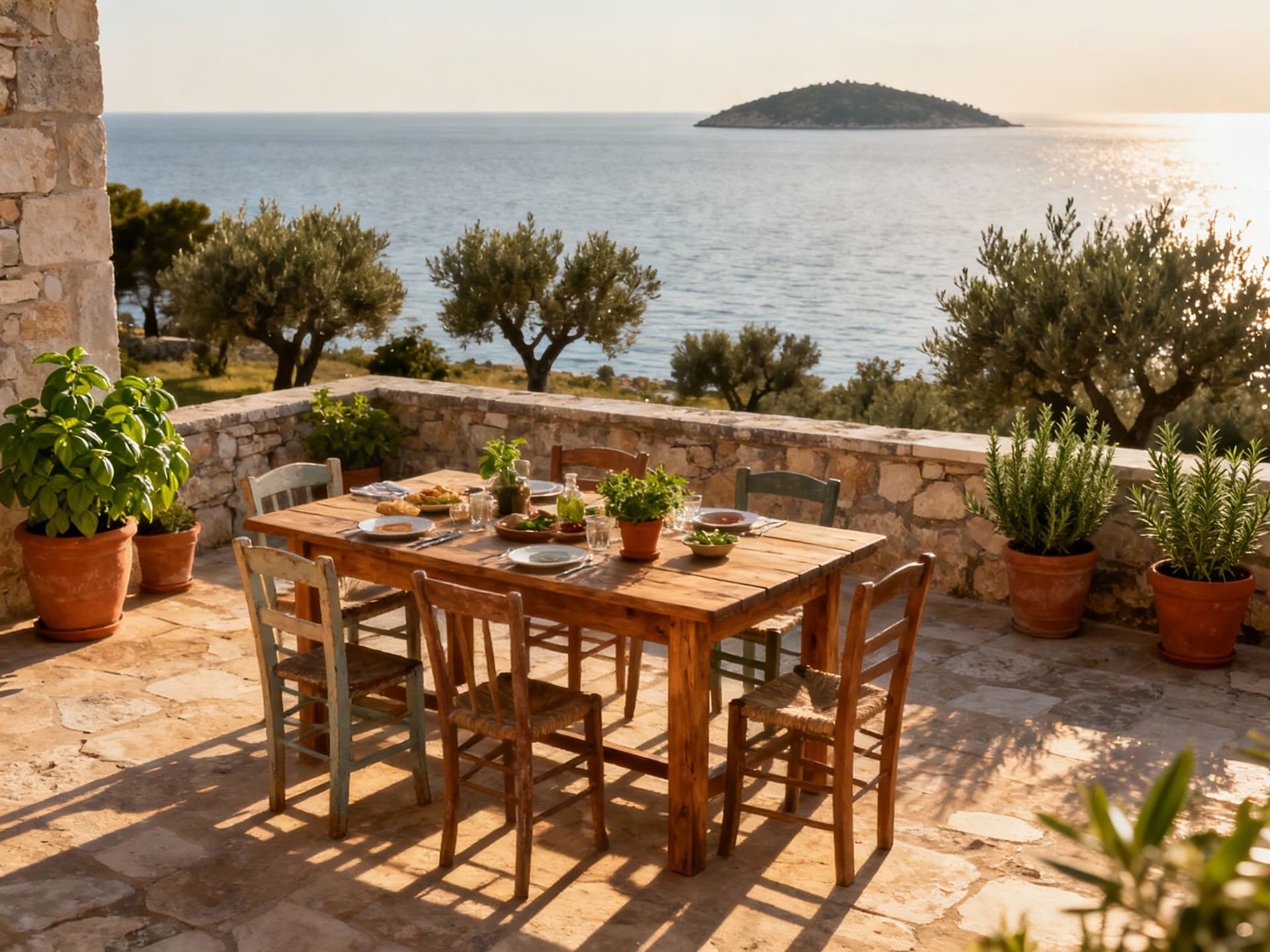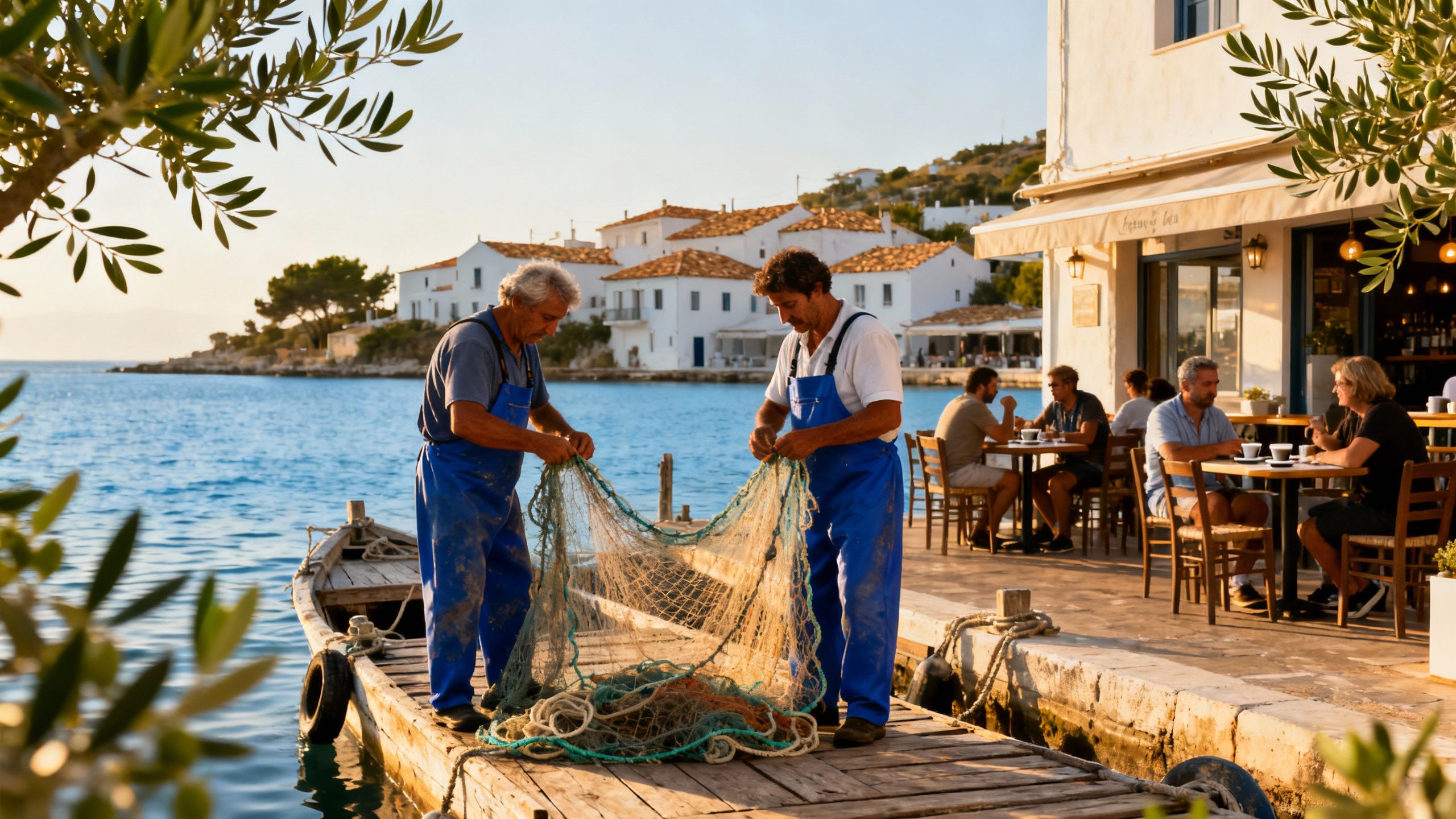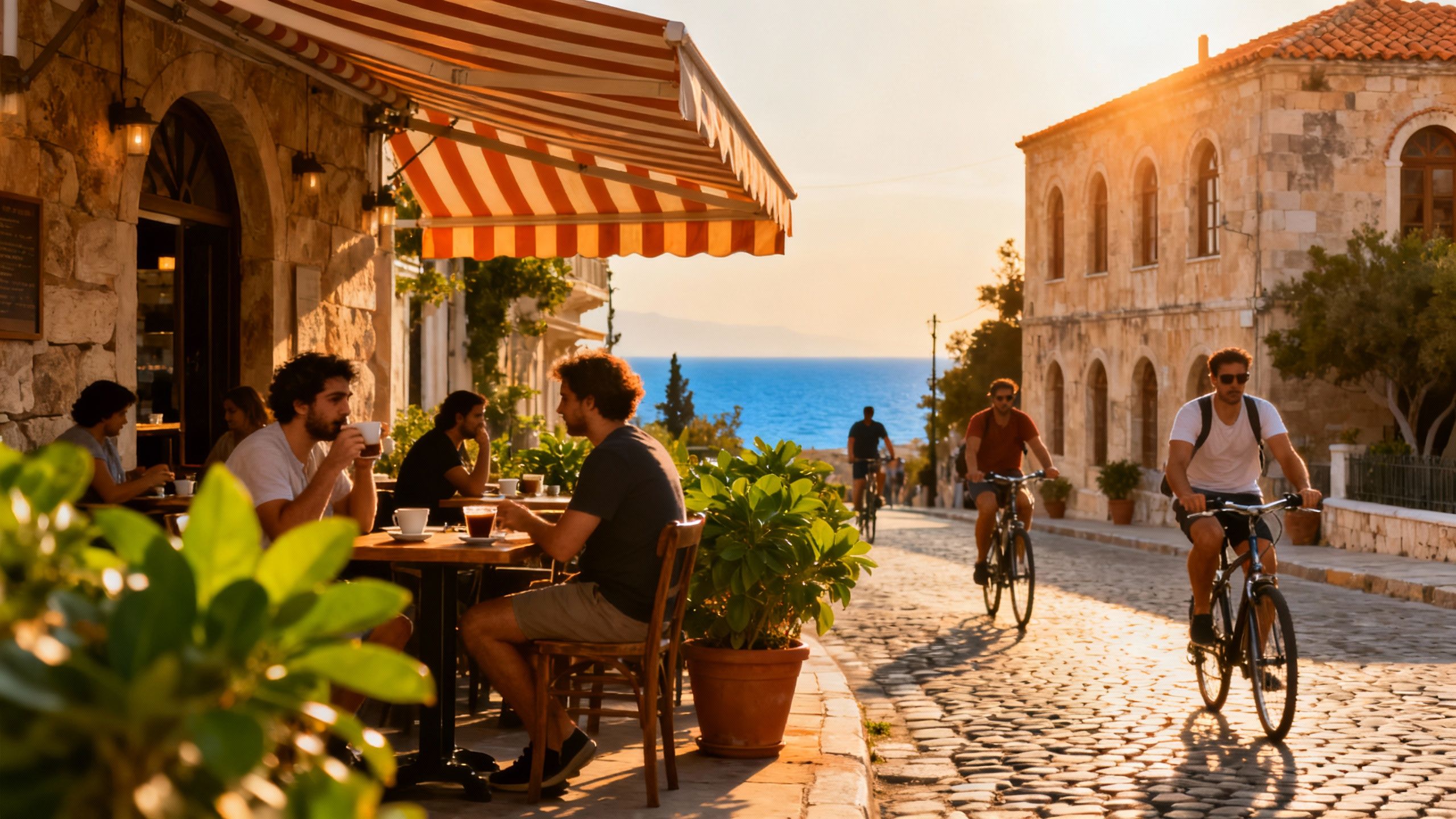Close with Care: Croatia Buying, Negotiation & Stewardship
Croatia’s market is cooling — use that breathing room to close on a home with a stewardship plan that protects lifestyle, wallet and local ecology.
Imagine waking to the sea-salted air of Split, pausing at a stone café on Marmontova, or harvesting lemons from a terraced garden on Brač. This is Croatia not as a postcard but as a lived rhythm — neighborhood markets, late-afternoon coffee, and winters that coax the house to be cosy and efficient. For international buyers drawn to that combination of wild Adriatic clarity and quiet village craft, the closing table is where lifestyle promise becomes stewardship: the right negotiation, a sustainable retrofit plan, and a local agency who knows the seasons matter as much as the square metres. Recent market signals show a cooling of transactions — an important moment to be deliberate, not rushed. (Source linked below.)
Living the Croatian life: place, pace, and the senses

Daily life here happens outdoors when weather allows, and indoors when the light softens. In Zagreb, weekday rhythms bend around espresso stops and pedestrian promenades; along the Dalmatian coast, mornings belong to fishermen and cafés, afternoons to islands and olive groves. The country’s recent market data highlights where buyers are still active — Zagreb, Istria and coastal counties remain focal points, which explains why neighbourhood nuance will shape your closing strategy.
Split & Varoš: stone alleys, espresso rituals
Picture walking the narrow lanes of Varoš before the cruise crowds arrive: limestone walls warm in morning light, neighbours debating the day’s catch at Konoba Matejuška, and a baker who knows your order. Properties here are intimate — thick stone walls, compact terraces — and they reward buyers who value proximity to sea and community over sprawling gardens. That scale changes closing priorities: expect attention to historic conservation rules, utility upgrades, and a negotiation that balances charm with necessary retrofits.
Istria’s hill towns & coastal coves: truffles, wine, and slower summers
From Motovun’s truffle festivals to Rovinj’s café-lined riva, Istria trades on food, wine and accessible countryside. Buyers who imagine a farm-to-table life often choose renovated stone houses with olive terraces. Yet recent county figures show transaction volumes falling, especially for large villas — a sign that smaller, sustainably-upgraded properties are becoming the smarter buy for long-term stewardship.
- Morning markets (Dolac Market, Zagreb), island ferries (Jadrolinija crossings), konoba meals, local olive mills, pebble coves for weekend swims
Making the move: practical steps with a lifestyle lens

Turning a love for place into a smart purchase in Croatia means marrying romance with rules. National moves to tax property differently and to tighten short‑term rental regimes are reshaping where and how buyers profit or live. That doesn’t mean walk away — it means structure your offer to reflect operating costs, long-term community impact, and the stewardship you’ll commit to after closing.
Property types and their lived realities
Stone townhouses: low embodied energy, high conservation needs; coastal apartments: access and rental potential, watch communal fees and insulation; rural farmhouses: space for regenerative gardens, plan for water systems and winter heating. Each type invites different closing checks — heritage permissions, septic or water rights, and realistic energy upgrade budgets.
Work with local experts who steward place
- 1. Hire a local agent with municipal contacts and a track record of sustainable projects. 2. Use a lawyer who specialises in foreign purchases and land registry checks. 3. Commission an energy and structural survey before exchange. 4. Agree a closing timeline that includes permits for any planned restoration. 5. Build a post-purchase stewardship plan: native planting, rainwater capture, and low‑impact heating.
Insider knowledge: myths, pitfalls, and quiet opportunities
Here’s the contrarian truth: the coast isn’t uniformly expensive anymore, and the biggest risk is buying a postcard view without a stewardship plan. Foreign purchases have cooled from prior highs; that softening creates room for buyers who prioritise restoration and long-term habitat value over quick rental returns. Local initiatives and regulation changes are nudging markets toward more sustainable occupancy.
Cultural cues that change negotiation
Croatians respect patience and relationship-building in business. A seller in an Istrian village will value an offer that includes community benefits (garden restoration, local contractor use). Framing your negotiation around stewardship — not just price — can unlock goodwill and smoother closings.
- Red flags to watch for during closing: Unregistered additions or disputed land, excessive short‑term rental dependencies, properties lacking winterisation or modern insulation, unclear waste/water arrangements, missing energy performance paperwork
Practical due diligence is also an ecological act: check for native landscaping potential, roof orientation for solar, and whether local waste systems support composting. These choices reduce costs over a decade and make the home a better neighbour.
What expats wish they’d known: real stories, real outcomes
An architect I know bought a stone house near Omiš and underestimated the cost of rewiring and insulation — but because she planned a phased retrofit that prioritised heat retention and solar-ready roofs, the house became economical to run and beloved by neighbours. Many expats tell the same story: the upfront stewardship investment is what converts a charming purchase into a sustainable home.
Long-term stewardship: beyond the keys
- Create a 5-year stewardship plan: energy upgrades, native garden planting, local contractor relationships, seasonal occupancy strategy, community engagement (village meetings or coastal clean-ups)
When you close in Croatia with a stewardship mindset, you buy more than walls — you inherit a place and its seasonal needs. That shift transforms negotiation points (ask for appliance credits, roof checks, and documented maintenance) and helps you become a contributor to local resilience.
Conclusion: love the life, plan the stewardship, close with care. The current market softness gives discerning buyers a rare advantage: negotiate with time, insist on sustainability provisions in contracts, and invest in upgrades that honour place. Next steps: choose an agent with local stewardship experience, commission an energy/structure survey, and frame offers that protect community and ecology as clearly as your own interests.
Norwegian market analyst who relocated from Oslo to Provence; guides investors with rigorous portfolio strategy and regional ecological value.


